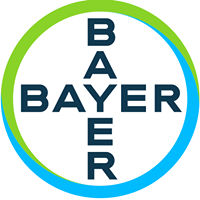Request Demo
Last update 08 May 2025
Tinea Versicolor
Last update 08 May 2025
Basic Info
Synonyms Infection by Malassezia furfur, Infection by Pityrosporum furfur, Infection, Malassezia furfur + [41] |
Introduction A common chronic, noninflammatory and usually symptomless disorder, characterized by the occurrence of multiple macular patches of all sizes and shapes, and varying in pigmentation from fawn-colored to brown. It is seen most frequently in hot, humid, tropical regions and is mostly caused by MALASSEZIA FURFUR (formerly Pityrosporum orbiculare). |
Analysis
Perform a panoramic analysis of this field.
login
or

AI Agents Built for Biopharma Breakthroughs
Accelerate discovery. Empower decisions. Transform outcomes.
Get started for free today!
Accelerate Strategic R&D decision making with Synapse, PatSnap’s AI-powered Connected Innovation Intelligence Platform Built for Life Sciences Professionals.
Start your data trial now!
Synapse data is also accessible to external entities via APIs or data packages. Empower better decisions with the latest in pharmaceutical intelligence.
Bio
Bio Sequences Search & Analysis
Sign up for free
Chemical
Chemical Structures Search & Analysis
Sign up for free



